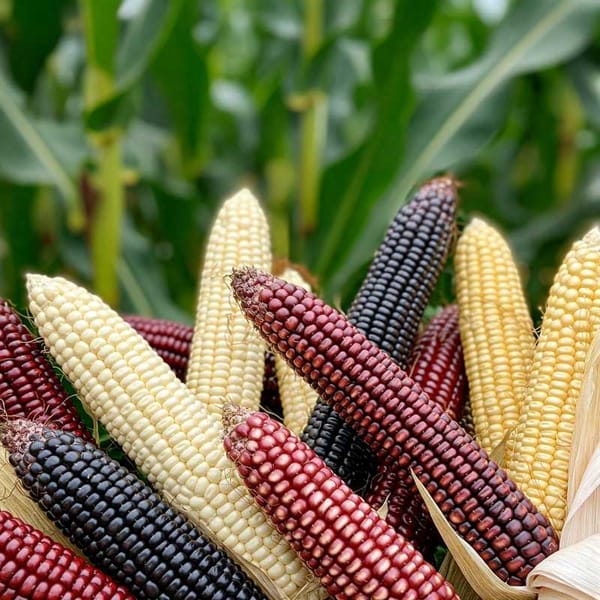The Mexican wine industry report 2020
The Mexican wine sector is suffering the devastation of the pandemic as sales have dropped due to the closure of wineries and the cancellation of wine tourism events.

The Mexican wine sector is suffering the devastation of the pandemic as sales have dropped due to the closure of wineries and the cancellation of wine tourism events.


Expert assures Quintana Roo is safe from tsunamis due to its solid limestone foundation and location far from major fault lines. Recent Caribbean earthquake posed no tsunami threat, as its deep epicenter in the Cayman Trench meant movements were far below the surface.

Mexico debates banning genetically modified corn to protect native varieties and heritage. A key distinction is made between natural and lab-created modifications. Agriculture Secretary Berdegué hints at accepting changes mimicking nature

Tabasco's prisons are severely overcrowded, ranking among Mexico's top ten. Facilities hold 4,196 inmates, far exceeding capacity. The Villahermosa prison is the most saturated, holding 477 more inmates than designed.

Surveillance operations targeting 'Los Chapitos' and 'El Mayo' factions, revealed in leaked documents, highlight the complex interplay of security and sovereignty in the US-Mexico relationship.